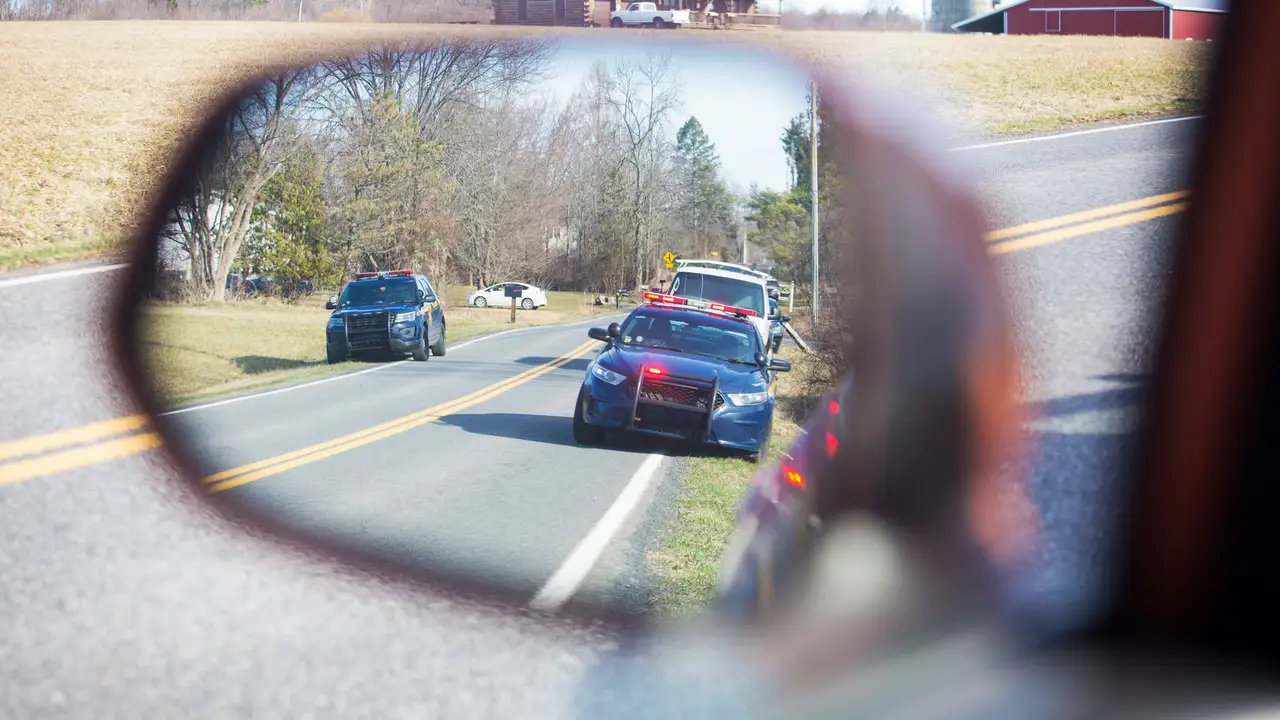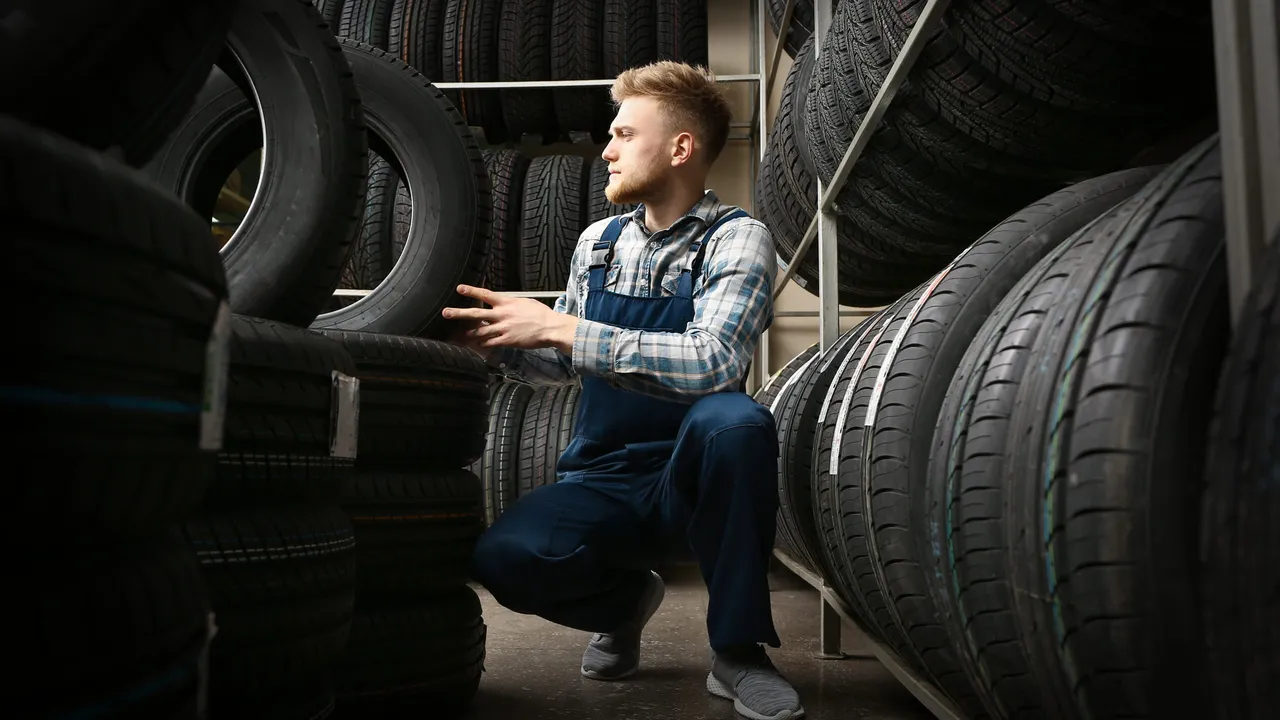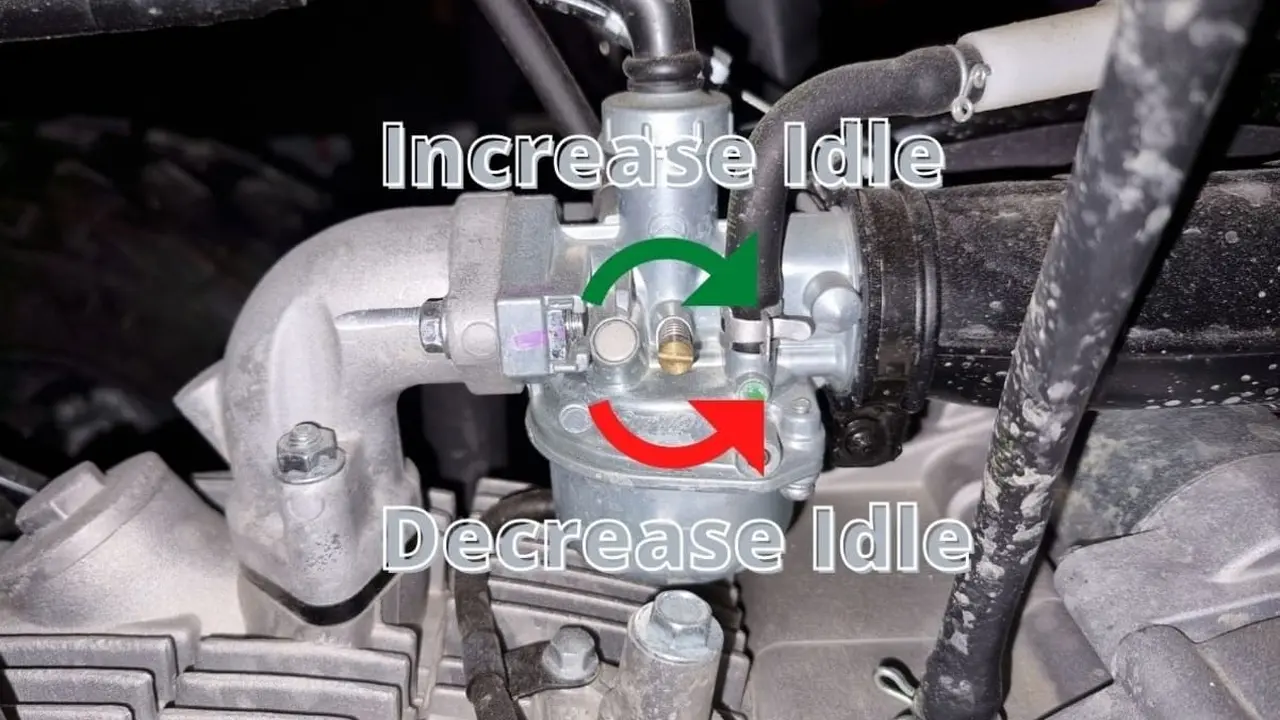Dealing with Animals on the Roadside: Safety Precautions

Understanding the Risks Animals Pose to Roadside Safety and Drivers
Okay, let's face it. Driving can be stressful enough without unexpected furry (or feathered, or scaled) friends darting into the road. Animals on the roadside are a HUGE safety hazard, and it's something every driver needs to be prepared for. We're not just talking about deer, either. Think about everything from squirrels and rabbits to stray dogs, cats, livestock (depending on where you are!), and even larger animals like elk or bears in certain areas. The potential for collisions is real, and the consequences can range from minor vehicle damage to serious injuries or even fatalities for both humans and animals.
The problem is, animals are unpredictable. They don't understand traffic laws, and they often act impulsively. They might be crossing the road to find food, water, or a mate. They might be startled by something, or they might just be plain curious. Whatever the reason, their sudden appearance on the road can catch drivers off guard, leading to panicked braking, swerving, or even head-on collisions with other vehicles. Plus, hitting an animal can cause significant damage to your car, leaving you stranded on the side of the road. So, let's dive into how to minimize these risks, shall we?
Defensive Driving Techniques to Avoid Animal Collisions and Enhance Roadside Safety
Alright, so the best way to deal with animals on the roadside is to avoid hitting them in the first place. This means practicing defensive driving techniques. Here’s a breakdown:
- Be Alert and Scan the Roadside: This sounds obvious, but pay attention! Don't just stare straight ahead. Actively scan the shoulders of the road, looking for any signs of animal activity. This is especially important in rural areas, near wooded areas, or during dawn and dusk – times when animals are most active.
- Reduce Your Speed: Speed is a major factor in animal collisions. The faster you're going, the less time you have to react, and the harder it is to stop. Lowering your speed, especially in areas known for animal crossings, gives you more time to see and react to potential hazards. Think about it – a few minutes saved isn't worth the potential damage to your car or, worse, an injury.
- Use Your High Beams (When Appropriate): At night, use your high beams whenever possible (and when it's safe to do so – meaning when there are no oncoming vehicles). High beams significantly increase your visibility, allowing you to see animals further down the road. Just remember to dim them when you see another car approaching.
- Watch for Animal Crossing Signs: These signs are there for a reason! They indicate areas where animals are known to cross the road. Pay extra attention in these areas and be prepared to slow down or stop.
- Be Aware of the Time of Year: Certain times of the year are more dangerous for animal collisions. Deer, for example, are most active during mating season (typically in the fall). Knowing when animals are most likely to be on the move can help you be more prepared.
- If You See One Animal, Expect More: Animals often travel in groups. If you see one deer crossing the road, chances are there are more nearby. Be extra cautious and continue scanning the roadside even after the first animal has passed.
- Don't Swerve Excessively: This is crucial! Your instinct might be to swerve to avoid hitting an animal, but this can actually be more dangerous. Swerving can cause you to lose control of your vehicle, cross into oncoming traffic, or even roll over. If you can't safely avoid hitting the animal, it's often better to brake firmly and maintain control of your vehicle.
Essential Car Safety Products for Roadside Safety and Animal Collision Preparedness
Okay, let's talk gear. Having the right equipment can make a HUGE difference in your safety and ability to handle a roadside animal encounter. Here are a few recommendations:
- Dash Cam with Night Vision: A dash cam is always a good idea, but one with good night vision is especially helpful for spotting animals in low-light conditions. It can also provide valuable evidence in case of an accident.
- Emergency Roadside Kit: This should include things like jumper cables, a flashlight (with extra batteries!), a first-aid kit, warning triangles or flares, a multi-tool, and a blanket. If you're stranded on the side of the road after hitting an animal, these items can be lifesavers.
- Animal Repellent Whistle: These small devices attach to your car and emit a high-frequency sound that is supposed to deter animals from approaching the road. While their effectiveness is debated, some drivers swear by them.
- Heavy-Duty Bumper Guard: If you live in an area with a high risk of animal collisions, a heavy-duty bumper guard can provide extra protection for your vehicle. These guards are designed to absorb impact and minimize damage in the event of a collision.
- Tire Chains: If you live in an area with snowy or icy conditions, tire chains can provide extra traction and control, which can be crucial for avoiding accidents when encountering animals on the road.
Product Recommendations and Comparisons for Enhanced Roadside Safety and Animal Detection
Let's get specific. Here are a few product recommendations with comparisons to help you make the best choice for your needs:
Dash Cams with Night Vision: Enhance Roadside Safety with Superior Visibility
- Garmin Dash Cam 67W: This dash cam has excellent video quality, a wide field of view, and good night vision. It also has features like voice control and automatic incident detection. Price: Around $250. Pros: Great image quality, reliable, easy to use. Cons: Relatively expensive.
- Vantrue N4: This dash cam records both the front and interior of your car, which can be helpful in certain situations. It also has good night vision and parking mode. Price: Around $200. Pros: Records front and interior, good value. Cons: Can be a bit bulky.
- Rexing V1P Pro: A budget-friendly option with decent video quality and night vision. It's a good choice if you're looking for a basic dash cam without all the bells and whistles. Price: Around $100. Pros: Affordable, easy to install. Cons: Image quality not as good as more expensive models.
Comparison: The Garmin offers the best overall performance but comes at a higher price. The Vantrue is a good compromise between features and price, while the Rexing is a solid budget option. Consider your needs and budget when making your decision.
Emergency Roadside Kits: Comprehensive Solutions for Roadside Safety and Animal-Related Emergencies
- AAA 76-Piece Roadside Emergency Kit: A comprehensive kit with everything you need for most roadside emergencies, including jumper cables, a flashlight, a first-aid kit, and basic tools. Price: Around $50. Pros: Well-stocked, good value. Cons: Some tools may be of lower quality.
- Lifeline AAA Premium Roadside Emergency Kit: This premium kit includes higher-quality tools and more items than the standard AAA kit. Price: Around $80. Pros: High-quality tools, more comprehensive. Cons: More expensive than the standard kit.
- First Secure 131-Piece Roadside Assistance Emergency Kit: A very comprehensive kit with a wide range of tools and supplies. Price: Around $60. Pros: Lots of items, good value. Cons: Can be bulky.
Comparison: The AAA kits are reliable and well-known, but the First Secure kit offers more items for a similar price. Consider the types of emergencies you're most likely to encounter when choosing a kit.
Animal Repellent Whistles: Enhancing Roadside Safety Through Auditory Deterrents
- Sav-A-Life Deer Alert: A popular animal repellent whistle that attaches to your car's bumper. Price: Around $10. Pros: Affordable, easy to install. Cons: Effectiveness is debated.
- ACME Dog Whistle: (If you are in an area with stray dogs) A high frequency whistle that only dogs can hear, to deter them from running into the road. Price: Around $15. Pros: Affordable, easy to install. Cons: Only works on dogs, effectiveness is debated.
Comparison: These whistles are inexpensive and easy to install, but their effectiveness is questionable. They may be worth trying, but don't rely on them as your only form of protection.
Heavy-Duty Bumper Guards: Providing Robust Protection for Roadside Safety and Animal Collisions
- Westin Ultimate Bull Bar: A durable and stylish bumper guard that provides excellent protection for your vehicle's front end. Price: Around $400. Pros: Strong, good-looking. Cons: Expensive, can affect fuel economy.
- Ranch Hand Legend Front Bumper: A heavy-duty bumper guard designed for trucks and SUVs. Provides maximum protection in the event of an animal collision. Price: Around $800. Pros: Extremely strong, provides maximum protection. Cons: Very expensive, heavy.
Comparison: Bumper guards are a significant investment, but they can provide valuable protection if you live in an area with a high risk of animal collisions. Consider the size and weight of your vehicle when choosing a bumper guard.
What to Do If You Hit an Animal: Roadside Safety and Post-Collision Procedures
Okay, despite your best efforts, sometimes accidents happen. Here's what to do if you hit an animal:
- Pull Over to a Safe Location: If possible, pull your car over to the side of the road in a safe location, away from traffic. Turn on your hazard lights to warn other drivers.
- Assess the Situation: Check yourself and your passengers for injuries. Then, assess the damage to your vehicle. If the damage is significant, or if anyone is injured, call the police.
- Report the Accident: In many states, it's required to report accidents involving animals, especially if the animal is injured or killed. Check your local laws to see what the requirements are in your area.
- Don't Approach the Animal: Even if the animal appears to be injured, do not approach it. Injured animals can be unpredictable and dangerous. Call animal control or the police to handle the animal.
- Document the Damage: Take photos of the damage to your vehicle and the surrounding area. This will be helpful when filing an insurance claim.
- Contact Your Insurance Company: Report the accident to your insurance company as soon as possible. They will guide you through the claims process.
Maintaining Your Vehicle for Optimal Roadside Safety and Animal Collision Avoidance
Keeping your car in good working order is another key element of roadside safety. Here's what you need to keep an eye on:
- Brakes: Make sure your brakes are in good working order. Have them inspected regularly and replace them when necessary.
- Tires: Check your tire pressure regularly and make sure your tires have plenty of tread. Worn tires can reduce your ability to stop quickly, especially in wet or icy conditions.
- Lights: Make sure all of your lights are working properly, including your headlights, taillights, brake lights, and turn signals.
- Windshield Wipers: Replace your windshield wipers regularly to ensure good visibility in rain and snow.
- Fluid Levels: Check your fluid levels regularly, including your oil, coolant, brake fluid, and windshield washer fluid.
Staying Informed: Resources for Roadside Safety and Animal Awareness
Knowledge is power! Check out these resources to stay informed about roadside safety and animal awareness:
- Your State's Department of Transportation Website: Many state DOT websites have information about animal crossing areas and other safety tips.
- Animal Welfare Organizations: These organizations often have information about how to avoid collisions with animals and what to do if you hit one.
- Local News Outlets: Pay attention to local news reports about animal activity in your area.
- Driving Safety Courses: Consider taking a defensive driving course to learn more about how to avoid accidents.
So there you have it! By being aware of the risks, practicing defensive driving techniques, equipping your car with the right safety gear, and staying informed, you can significantly reduce your risk of colliding with an animal on the roadside. Drive safe out there!
:max_bytes(150000):strip_icc()/277019-baked-pork-chops-with-cream-of-mushroom-soup-DDMFS-beauty-4x3-BG-7505-5762b731cf30447d9cbbbbbf387beafa.jpg)






